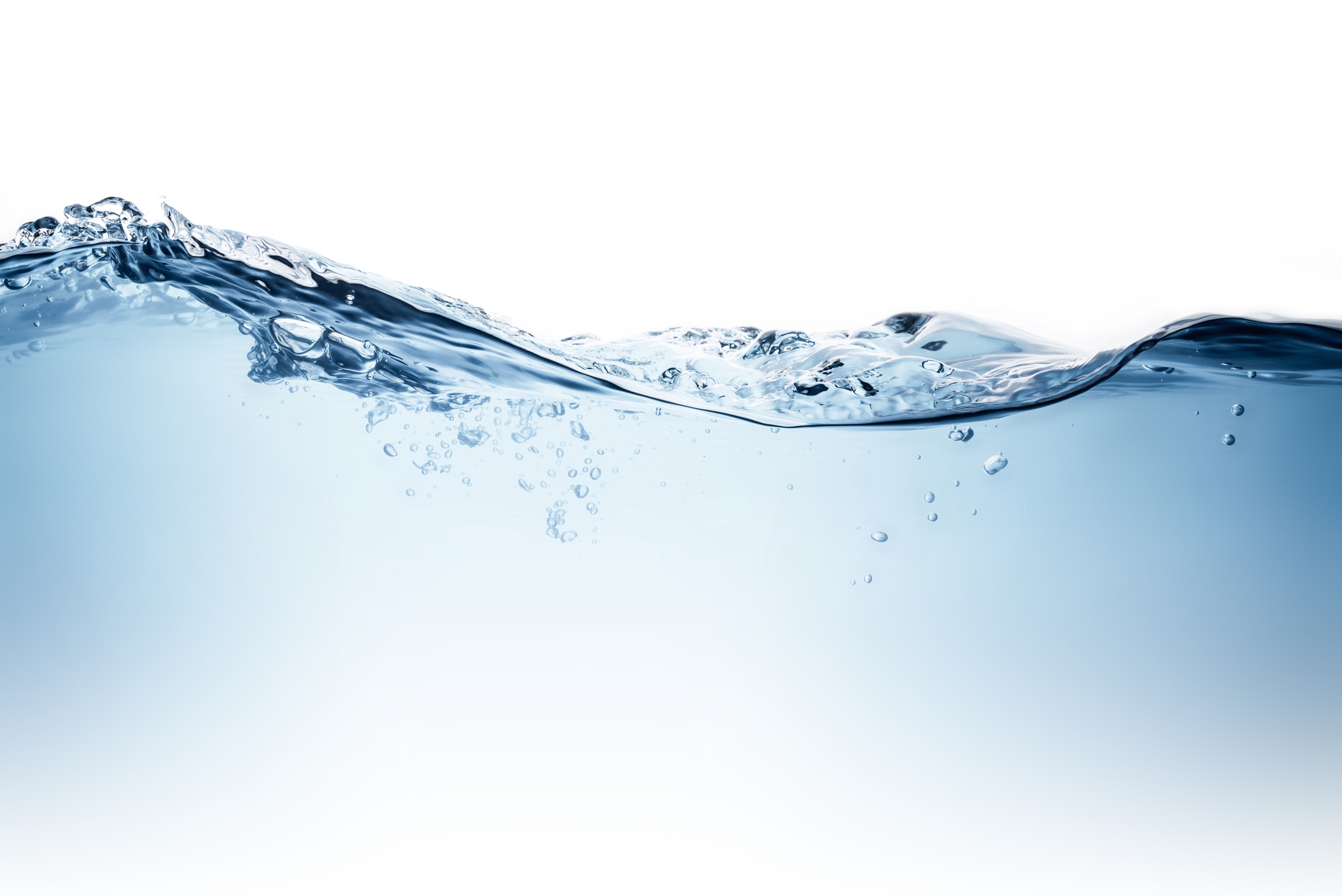9.8 Validation of barrier performance
Typically, validation monitoring is required where new treatment processes or significant operational changes are being implemented. In particular, validation monitoring provides assurance that, where health-based assumptions are made (e.g. that the barrier will adequately remove Cryptosporidium), that these assumptions are justifiable (see Section 3.9.2).
Validation monitoring involves identifying the operational requirements that should be used to ensure that processes reduce risk to an acceptable level on an ongoing basis. In some cases, validation can be completed entirely using desktop assessment based on existing evidence; in other cases, objective empirical evidence from monitoring is needed. Validation monitoring may form part of the validation evidence base, but the precise nature of the evidence required depends on the nature of the process being validated.
One of the most common applications of in situ validation monitoring is during or just after commissioning of new unit processes. Once the process is considered to be operating as intended, but before it is brought on line to supply water to consumers, microbial and/or chemical characteristics should be assessed in samples taken before, during or after the unit process to confirm that it can reduce the concentration of substances to the extent required.
Many drinking water treatment plant manufacturers, or suppliers of treatment processes, will undertake such tests on modular units and then market those units as being pre-validated. This is commonly true for membrane and ultraviolet treatment systems. Where a pre-validated unit or system is used, then separate validation of the unit is not considered necessary, providing the validation is appropriate for the characteristics of the water to be treated.
Some examples of where validation monitoring should be undertaken include:
monitoring cyanotoxin concentrations pre and post a powdered activated carbon dosing system, to check the toxin reduction capability of the batch supplied;
monitoring microbial indicator and particle count concentrations pre and post a media-based filtration plant, to check its pathogen-reduction capability;
monitoring arsenic concentrations pre and post an arsenic treatment plant, to check its arsenic-reduction capability.
As part of the validation process, validation should also be undertaken on control systems, such as alarm systems or systems that instigate a plant shutdown, to ensure that they are operating correctly and respond to exceedances of target criteria or control limits.
Once a unit process has been validated, ongoing monitoring of the unit is needed to ensure that it is operating correctly. This ongoing monitoring will form part of the operational monitoring program for the water supply system.
Table 9.6 gives examples of typical validation monitoring programs for a range of commonly used unit processes, as well as providing advice on the ongoing proof-of-performance testing that is part of the operational monitoring program.
Table 9.6 Examples of validation monitoring and proof-of-performance testing
Media filtration plantᵃ
Establish optimal filter run times and associated operational envelope.
Establish optimal ripening periods and associated operational envelope.
Inlet and outlet microbial indicator concentrations:ᵇ
Monitoring should at the very least include plate count and E. coli; it would ideally include coliphage and clostridial spores; and it may include some pathogens.
Turbidity upstream and downstream of system
Pressure loss across each filter bed
Particle counts on outlet
pH and temperature
Coagulant dosage rate
Streaming current
Membrane plant (microfiltration or ultrafiltration)ᶜ
Establish operational envelope with respect to factors such as transmembrane pressure, flux and temperature.
Inlet and outlet microbial surrogate concentrations:ᵇ
Refer to the USEPA Membrane Filtration Guidance Manual (2005)
Filtrate turbidity
Filtrate particle counts
Membrane integrity testing
Transmembrane pressure
Flux
Membrane plant (reverse osmosis)
Inlet and outlet microbial surrogate concentrations:ᵃ
Refer to the USEPA Membrane Filtration Guidance Manual (2005)
Electrical conductivity and possibly total organic carbon
Oxidation-reduction potential
Flux (recovery)
Ultraviolet plantᶜ
Establish operational envelope with respect to factors such as flow, UV transmissivity and turbidity.
Inlet and outlet microbial indicator concentrations:ᵇ
Refer to the USEPA UV Disinfection Guidance Manual (2006)
Turbidity upstream of disinfection system
UV transmissivity
UV intensity and/or calculated dose
Flow rate to enable calculation of retention times
Ballast functionality, lamp power and lamp status
Lamp age
Lamp fouling
Chlorination plant
Validation of C.t*.
Turbidity upstream of disinfection system
Free chlorine, temperature and pH at downstream monitoring point that represents the total required contact time
Flow rate to enable calculation of contact time (C.t)
Backflow controls
Check pressure at lowest pressure parts of system on peak flow days to ensure no negative pressure events
Pressure measured at pump stations and tank levels at service reservoirs
ᵃ Validation testing of media filtration systems is a highly specialised and complex task.
ᵇ If inlet microbial indicator concentrations are too low to enable validation of the expected microbial reduction performance, seeding of challenge microorganisms should be required.
ᶜ The USEPA provides definitive guidance on the validation of these types of unit processes.
* Ct = a measure of free chlorine residual concentration (C) and contact time (t)
